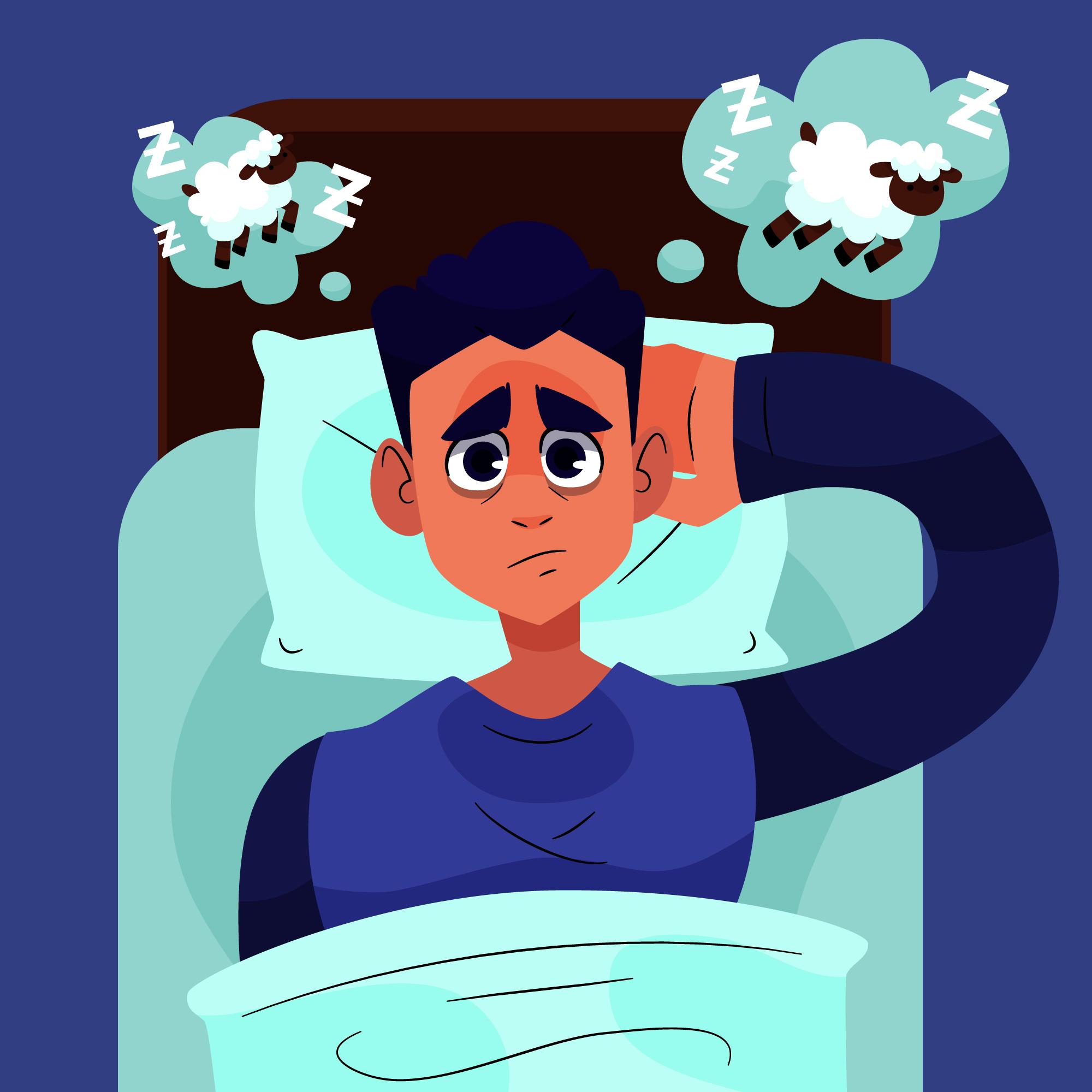

The related aim of the present review is to further scrutinize previous meta-analyses by conducting an individual participant data (IPD) analysis, an approach widely documented to be more robust compared to standard meta-analyses. The ISI is a widely used screening tool that has proven suitable for both clinical practice and research, and to be accurate in assessing the risk of insomnia symptoms in both clinical and community settings in various countries around the globe.

In the current study, we utilize only studies that employed the Insomnia Severity Index (ISI) to assess insomnia. One previous meta-analysis focused on sleep quality using the Pittsburgh Sleep Quality Index also included studies using other sleep measures with different scopes, scoring methodologies, and cutoff criteria utilized leading to high levels of heterogeneity and limiting international comparisons of prevalence rates. įurther, no previous meta-analytic studies have investigated the prevalence of insomnia symptoms in various COVID-19 populations using a single assessment instrument to evaluate insomnia symptoms while maximizing data homogeneity. Prior systematic reviews have mainly focused on specific populations such as healthcare workers, ,, ,, ], students, COVID-19 patients, or children and adolescents whereas more limited research has compared prevalence rates of sleep disturbances across population types. While critical appraisal of extant literature has emerged, to date, scant attention has been geared towards the establishing prevalence of COVID-19 related insomnia across different populations. Thus, providing a more accurate estimate of insomnia during COVID-19 across various at-risk populations has implications for developing specific, customized screening and intervention strategies to protect against the factors leading to the development of insomnia. In addition, insomnia also leads to loss of productivity, increased healthcare utilization, and reduced quality of life. Insomnia, difficulty initiating or maintaining sleep, is associated with multiple negative outcomes, including increased risk of depression, alcohol dependence, hypertension, metabolic syndrome, and coronary heart disease. found a pooled prevalence of COVID-19 related insomnia of 16.45% in the general population and 36.52% in healthcare workers with another review reporting a pooled prevalence of 36% among nurses.

A systematic review and meta-analysis by Cénat et al. COVID-19 related sleep disturbances may include poor sleep quality, sleepiness, or insomnia. Sleep problems related to the COVID-19 were highly prevalent in various populations, including COVID-19 patients (hospitalized: 33.3%–84.7% discharged: 29.5–40%), healthcare workers (18.4–84.7%), and the general community (17.65–81%) and worsened health outcome in these populations, , ]. Since its emergence, the COVID-19 pandemic has threatened human physical and mental health leading to serious consequences, including sleep disturbances.


 0 kommentar(er)
0 kommentar(er)
